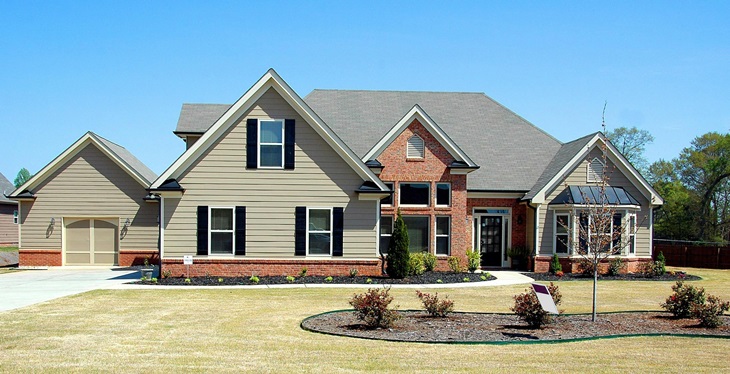Is a FORTIFIED Roof the Right Choice for Your Utah Home?

Extreme weather conditions have become more frequent in recent years. More and more people are looking for a FORTIFIED roof to protect their homes from natural disasters, but it’s important to know what a FORTIFIED roof is, how it differs from conventional roofing, and if it’s necessary for your Utah home.
What is a FORTIFIED Roof?
FORTIFIED roofing is held to a higher quality standard to ensure that it can withstand severe weather such as high wind speeds, hail, hurricanes, and tornadoes. Every building's roof must follow a building code to be structurally sound and to protect the structure from the elements. Not all of these codes are the same, as they often vary from state to state based on the area's local weather and risk factors.
The Insurance Institute for Business and Home Safety (IBHS) developed the standards for FORTIFIED roofing systems. It instituted the FORTIFIED Home program to ensure that every FORTIFIED roof meets the same quality standards. This national re-roofing program aims to strengthen homes and make them more resistant to severe weather.
Key Components and Benefits of a FORTIFIED Roof
Roofing built to the FORTIFIED standard has stronger edges to withstand winds up to 130 mph. It also has a sealed roof deck to keep water from seeping through. The deck is secured evenly to the underlying roofing system. FORTIFIED roofs are made with impact-resistant shingles that can resist hail up to two inches in diameter.
Fortified Certification Levels
There are three available design levels specified by the FORTIFIED Home program. The first level is the FORTIFIED Roof™ to protect against hurricanes or high winds, with the option to add a hail supplement. The FORTIFIED Silver™ adds additional protection by strengthening the doors, windows, and structures attached to the home, like carports and porches, and secures them against wind and debris damage. Lastly, the FORTIFIED Gold™ level creates a continuous load path from the roof down to the foundation to tie the home to the foundation. This level of fortification is especially good for homes in areas prone to tornadoes.
Potential Drawbacks
While there are several other potential advantages, including insurance discounts, increased property value, and extended roof lifespan, there are also several drawbacks to consider.
Initial Higher Cost and Limited Availability
FORTIFIED roofs are more expensive than standard roofing options because they are made of specific quality materials and must undergo a thorough inspection to verify proper installation. They also require roofers to be trained to install and repair a FORTIFIED roof to ensure upgrades are up-to-code. Because of this, FORTIFIED roofing isn’t currently widely available.
FORTIFIED Roofs Must be Certificated
Before installation can begin, FORTIFIED roofing requires documentation and verification by a trained Fortified evaluator to ensure that the IBHS requirements have been met. After five years, the FORTIFIED roof must be re-inspected to ensure it still meets the requirements.
Location Factors to Consider
Many areas in the state of Utah rarely experience extreme weather and therefore most homes don’t need a FORTIFIED roof. On average, wind speeds in Utah are around 18MPH. However, on rare occasions, wind speeds in Utah have exceeded 74MPH and even reached speeds of 100MPH. Tornadoes are also a rare sight, only occurring an average of twice per year.
Of all the severe weather, hail is the most common issue that Utahns have to worry about frequently. According to Interactive Hail Maps, the Salt Lake City area had 13 reports of on-the-ground hail last year.
Is a FORTIFIED Roof Worth the Investment?
Ultimately, upgrading to a FORTIFIED roof could mean more peace of mind and fewer repair costs for homeowners. However, if you live in an area that isn’t prone to severe weather, the added initial cost and time spent installing the roof may not be worth it.
Not sure what kind of roof is right for your home? Contact us today to get advice from the experts in roofing.